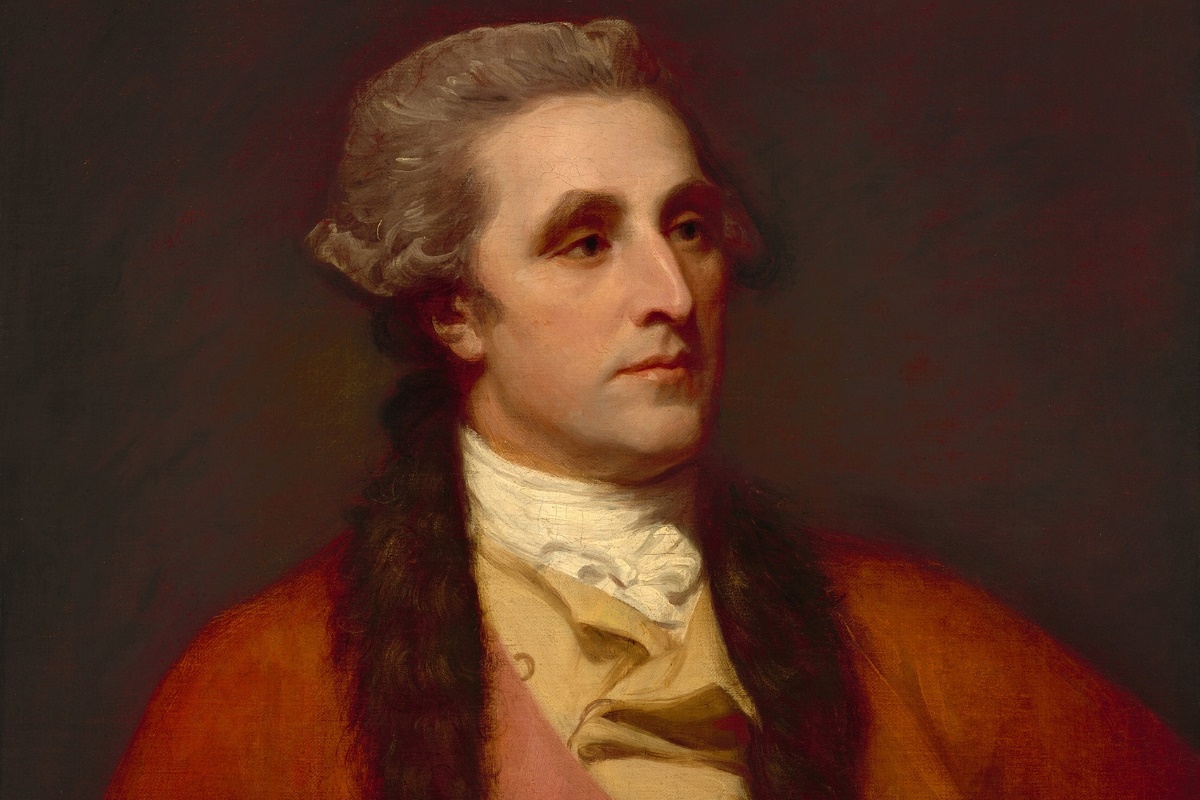
William Hamilton is an intriguing figure whose life and accomplishments continue to captivate the imaginations of people across the world. From his groundbreaking discoveries to his remarkable contributions to various fields of study, Hamilton’s impact is undeniable.
In this article, we will delve into 18 astonishing facts about William Hamilton that shed light on his impressive journey. From his early years and educational background to his remarkable achievements and enduring legacy, we will explore the life of this extraordinary individual.
Prepare to be amazed as we uncover the intriguing facets of William Hamilton’s life, showcasing his brilliance, innovation, and lasting impact on science, art, philosophy, and beyond.
Key Takeaways:
- William Hamilton, a brilliant mathematician, revolutionized the field with his discoveries in quaternions and optics, leaving a lasting impact on mathematics, science, and even photography.
- Hamilton’s love for poetry, adventurous spirit, and profound family values added depth to his remarkable legacy, inspiring generations of scholars and scientists.
William Hamilton was an accomplished mathematician.
Renowned for his contributions to differential equations and mathematical physics, Hamilton’s work revolutionized the field and earned him global recognition.
Hamilton was born in Dublin, Ireland.
This vibrant city not only provided a rich cultural backdrop for his upbringing but also influenced his intellectual pursuits.
He developed the concept of quaternions.
Hamilton’s discovery of quaternions, a type of mathematical object representing rotations in three-dimensional space, had a profound impact on fields such as computer graphics and robotics.
Hamilton made significant contributions to the study of optics.
His investigations into the fundamental principles of light and vision led to breakthroughs in the theory of aberrations and the development of optical instruments.
He became the Andrews Professor of Astronomy at Dublin University.
Hamilton’s expertise in celestial mechanics and his passion for astronomy led to his appointment as the prestigious Andrews Professor, where he continued to inspire countless students.
Hamilton was a polyglot.
Fluent in multiple languages, including Latin, Greek, Hebrew, and Sanskrit, he possessed a deep appreciation for the linguistic aspects of ancient texts and their connections to mathematical principles.
He had a profound love for poetry.
Beyond his mathematical prowess, Hamilton was a talented poet, known for his introspective verses that explored themes of love, nature, and the mysteries of the universe.
Hamilton’s work on optics was influential to the development of photography.
His investigations into light and its properties laid the groundwork for the advancements made by pioneers such as Louis Daguerre and Fox Talbot in the early days of photography.
He was knighted for his contributions to science.
In recognition of his significant contributions to mathematics and physics, Hamilton was honored with a knighthood by Queen Victoria in 1835.
Hamilton’s equations are fundamental in classical mechanics.
His formulation of Hamiltonian mechanics, using a set of mathematical equations known as Hamilton’s equations, provided a powerful framework for analyzing the dynamics of physical systems.
He was an avid explorer.
Hamilton was known for his adventurous spirit, often embarking on expeditions to remote regions to observe celestial phenomena and document his findings.
Hamilton’s mathematical insights were sometimes inspired by dreams.
He famously discovered the quaternion equations while walking across a bridge in Dublin, after having a vivid dream about mathematical relationships.
He had a close friendship with fellow mathematician George Boole.
The relationship between Hamilton and Boole, both brilliant minds in their respective fields, fostered a productive intellectual exchange that influenced their groundbreaking work.
Hamilton’s legacy is celebrated through the Hamilton Mathematics Institute.
Established in his honor, this institute at Trinity College Dublin continues to be a hub for cutting-edge research and innovation in mathematics.
He was a member of the Royal Irish Academy.
As a distinguished scholar, Hamilton was elected to the prestigious Royal Irish Academy, further cementing his status as a leading figure in the scientific community.
Hamilton is commemorated with a statue in Dublin.
A memorial statue of Hamilton, depicting him holding a quaternion, stands proudly in Broom Bridge, the very bridge that inspired his pivotal mathematical discovery.
He was a devoted family man.
Beyond his professional accomplishments, Hamilton cherished his role as a loving husband and father, finding joy and solace in the company of his loved ones.
Hamilton’s contributions continue to impact mathematics and science.
His groundbreaking ideas and ingenious solutions continue to inspire and guide generations of mathematicians, physicists, and scholars in their pursuit of knowledge.
FAQs
1. Who is William Hamilton?
William Hamilton is a renowned scientist and inventor known for his contributions in various fields, including technology and timekeeping.
2. What are some of William Hamilton’s notable inventions?
Some of William Hamilton’s notable inventions include the programmable calculator and the digital watch.
3. How did William Hamilton impact technology?
William Hamilton revolutionized technology through his groundbreaking inventions, which have paved the way for the sophisticated gadgets we use today.
4. What philanthropic efforts did William Hamilton engage in?
William Hamilton was committed to giving back to society and engaged in various philanthropic endeavors throughout his life.
5. What is the significance of William Hamilton’s legacy?
William Hamilton’s legacy is significant because it showcases the power of human innovation and compassion. His impact continues to inspire and awe people worldwide.
William Hamilton's remarkable life and groundbreaking work continue to inspire mathematicians, scientists, and curious minds alike. If you found these astonishing facts about Hamilton captivating, you might also be interested in exploring the intriguing world of the Cayley-Hamilton Theorem. This powerful mathematical tool, named after Hamilton and his contemporary Arthur Cayley, has far-reaching applications in linear algebra and beyond. So why not take your knowledge to the next level by delving into the fascinating details of this theorem?
Was this page helpful?
Our commitment to delivering trustworthy and engaging content is at the heart of what we do. Each fact on our site is contributed by real users like you, bringing a wealth of diverse insights and information. To ensure the highest standards of accuracy and reliability, our dedicated editors meticulously review each submission. This process guarantees that the facts we share are not only fascinating but also credible. Trust in our commitment to quality and authenticity as you explore and learn with us.


